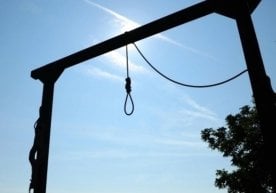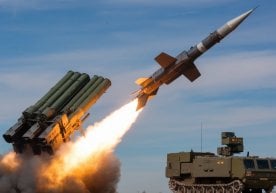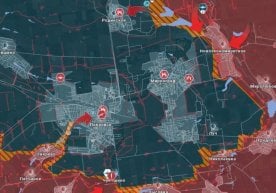
Military tension in the Middle East has once again escalated. Iran’s early morning missile attacks targeted several key points in Israel. Three strong strikes were recorded in the Gush Dan area near Tel Aviv, and in the city of Holon, one building was completely destroyed. Another strike hit a field near Soroka Hospital, highlighting the seriousness of the incident.
Soroka Hospital is one of the largest medical centers in Israel and was at the time treating wounded soldiers brought in from Gaza. In the attack, the missile did not hit the hospital directly but struck a nearby building. However, the shockwave from the explosion also damaged the hospital, forcing medical staff to urge the public to stay away from the area.
According to initial reports, 47 people in Israel were injured to varying degrees as a result of Iran’s missile attack. According to Israel’s emergency services, three of the wounded are in serious condition, two are in moderate condition, and the rest suffered minor injuries. Notably, 18 people were hospitalized with various injuries sustained while running to shelters.
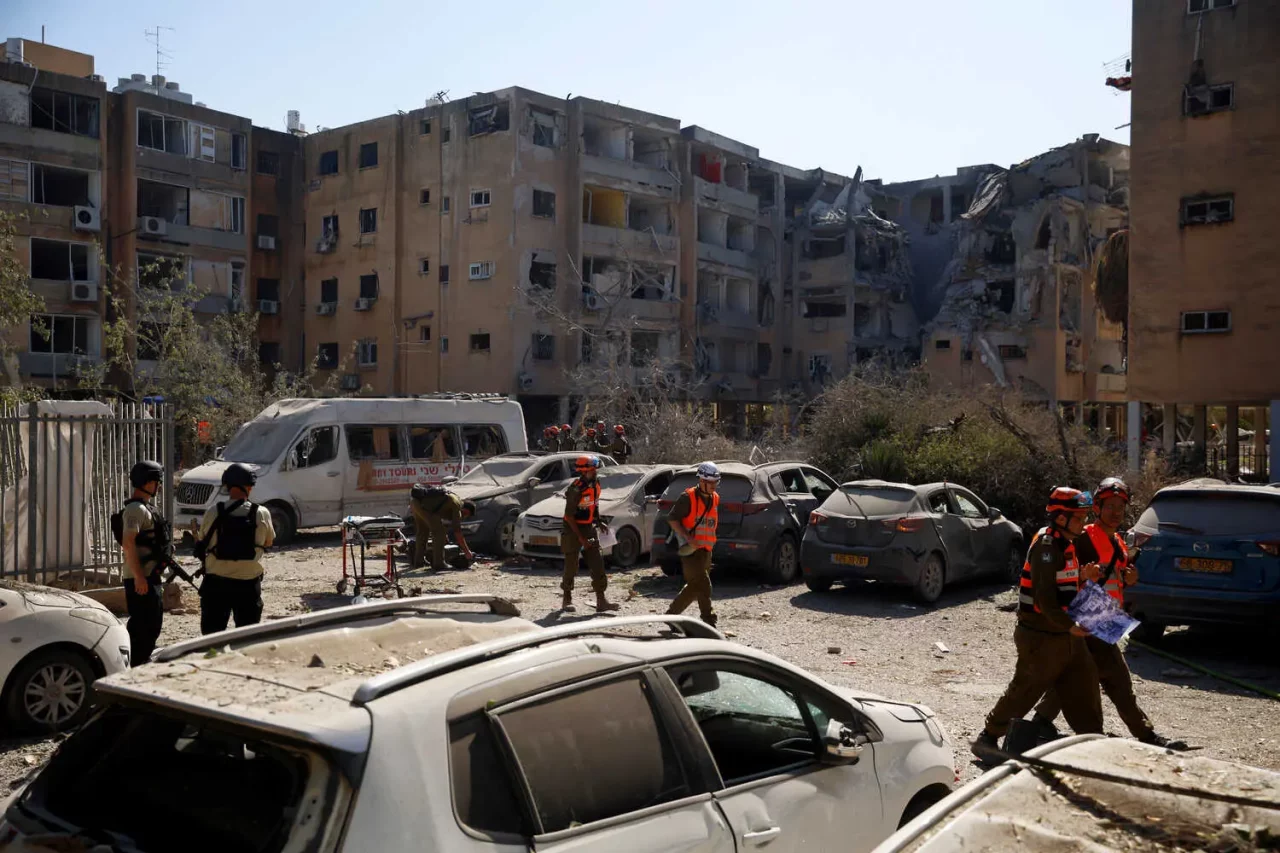
In addition, in Thursday’s attacks, Iran also damaged the Ramat Gan area of Tel Aviv and the building of the Israel Stock Exchange. According to The Times of Israel, at least 20 people were lightly injured in these attacks.
The Israeli army (IDF) officially confirmed that missiles launched from Iran struck near the large Soroka Hospital in Beersheba. The IDF urged citizens to remain in safe rooms or public shelters and to remain highly alert. Television showed smoke rising from the hospital, and an assessment of damage to the medical center is underway.
According to Al Jazeera correspondent Nour Odeh, the damage to Soroka Hospital was not from a direct missile hit but from the shockwave. This confirms claims by Iranian state media that the target was not the hospital itself, but nearby military infrastructure.

Contrary to rumors circulating on social media, Israel’s emergency services officially announced that no hazardous materials were leaking from the hospital. An Israeli official also added that the building of the Stock Exchange in Tel Aviv had been damaged.
According to Iranian news agency IRNA, the main target of this morning’s missile attack was the headquarters of the Israeli army and the intelligence center (IDF C4I), located near Soroka Hospital in Beersheba. IRNA emphasized that the damage to the hospital was caused by the blast wave.
In response, the Israeli army announced that during the night it had launched air and missile strikes against several key strategic sites across Iran. In particular, heavy water reactors in Arak, a nuclear weapons production facility in Natanz, and factories producing components for ballistic missiles were targeted. According to the military, the strike on the reactor’s seals was aimed at limiting plutonium production in Iran.
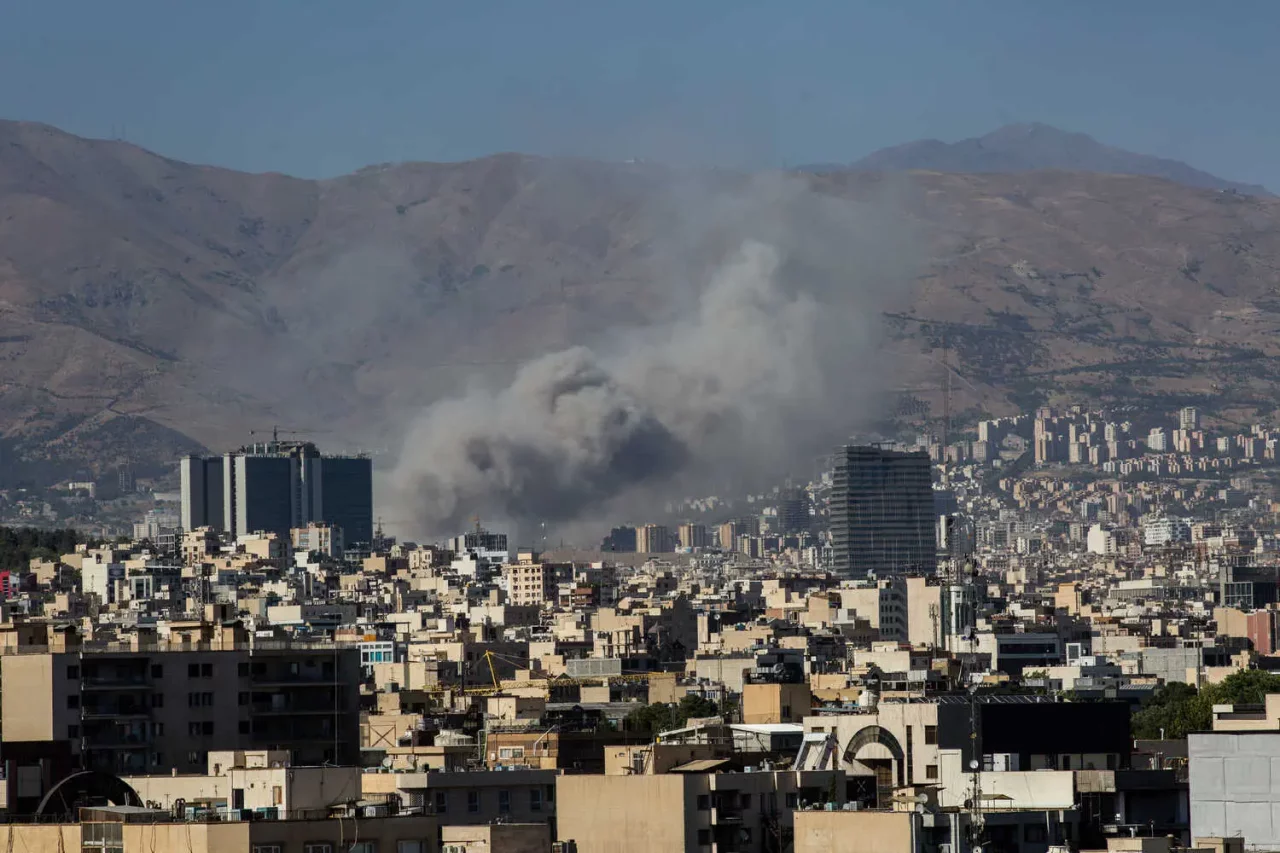
In conclusion, mutual strikes by both sides have ushered in a new stage of dangerous tension and threats in the region. The military standoff between Israel and Iran has become the focus of attention not only in the region, but for the entire world community. Read “Zamin” on Telegram!
Ctrl
Enter
Found a mistake?
Select the phrase and press Ctrl+Enter Related news
Information
Users of Меҳмон are not allowed to comment this publication.
Users of Меҳмон are not allowed to comment this publication.









